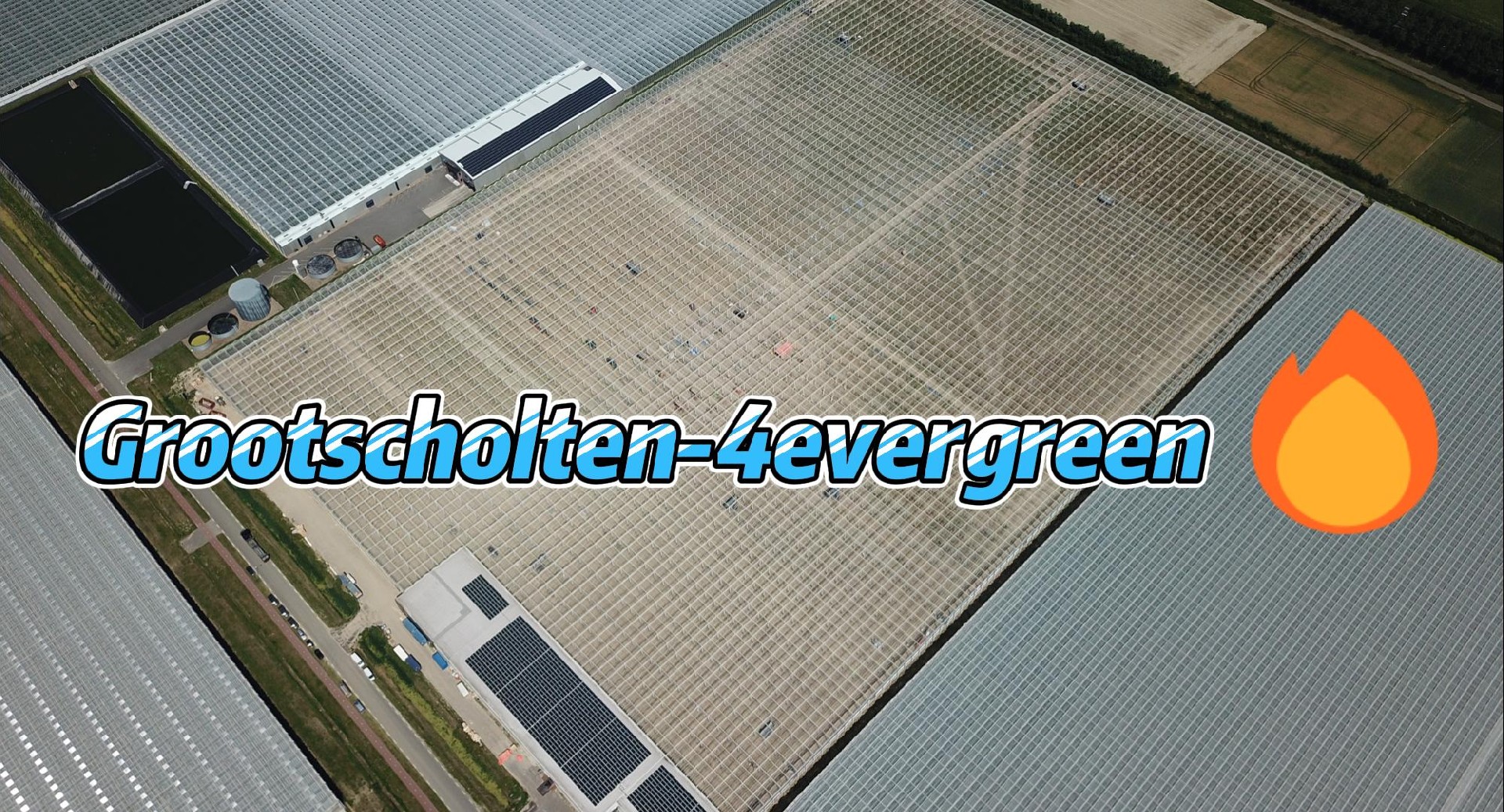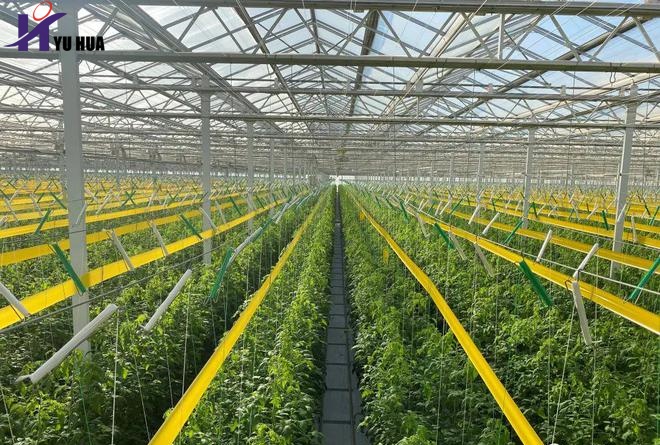
Greenhouse Glass - The Basics You Need to Know
A greenhouse, also known as a glass house, is a structure used to protect off-season or delicate plants from temperature fluctuations. It is a cultivation place for plants that require controlled conditions or cannot survive in the local weather. The walls and roof of a greenhouse are mainly made of transparent materials; greenhouses can be small sheds or large commercial buildings for cultivation.

In addition to water, air and nutrients, plants also need warm temperatures and light to survive and grow. Greenhouses function by meeting these two prerequisites according to their requirements. Therefore, people use transparent materials such as glass to build greenhouses. This coined the term greenhouse glass.
What is greenhouse glass/horticultural glass?
Greenhouse or horticultural glass is the glass used to build greenhouses. It is the preferred glass (covering material) because it allows more light to penetrate than polycarbonate or any other plastic, such as Yuhua greenhouse glass, which can reach 98.5% light transmission, which can reduce the reflection of light, allowing plants to get more sunlight. And glass remains transparent throughout its service life. This is different from plastic, which may become more scratched or translucent over time, thereby reducing the amount of light that plants get.
This allows the temperature inside the greenhouse to be much higher than outside, protecting the plants when it is cold. The amount of light that penetrates is crucial to plant growth; the more light, the better for the plants and the higher the yield.
Greenhouse glass also has thermal conductivity, allowing UV rays to enter the greenhouse. This is how it helps to heat the greenhouse in the summer to induce a tropical climate.
The sun emits three basic light waves, infrared, visible light, and UV light. Each of these light waves passes through most glass, including greenhouse glass, due to their short wavelengths. Indoors, the ground and plants absorb these light waves. In the plants, they are then used in photosynthesis and converted into heat.
Greenhouse glass is available in panels, each just 3 mm thick.
Regular or tempered: Which greenhouse glass is better?
Regular greenhouse glass is often compared to tempered greenhouse glass. Both are types of greenhouse glass, but tempered glass seems to be the better choice.
Regular greenhouse glass is 3 mm thick, has two pieces per panel, and is affordable. The individual panes tend to overlap in the middle and then snap together. On the other hand, tempered safety glass is thicker (3mm or 4mm) and stronger than regular horticultural glass. It is used as long panes to get a cleaner surface without overlapping, otherwise moss and algae can accumulate.
Although heavier than polycarbonate and regular horticultural glass, tempered glass is highly wind-resistant. The wind can't blow it at all! This glass is made using high temperatures, so tension is created to get a hard output. The strengthening methods of the glass include heat strengthening and tempering. This hard glass can withstand the impact of a football without any problems, but it can't withstand the impact of a cricket ball or golf ball.
Horticultural glass, when broken, will scatter into large and sharp pieces that may harm plants and children around. On the other hand, tempered greenhouse glass, when broken, will split into small pieces, so there is no risk of injury.
Therefore, tempered greenhouse glass is becoming more and more popular, so its selling price is gradually decreasing.
All in all, glass is the strongest of all building materials for greenhouses. It may last up to 50 years or even longer! However, glass greenhouses cost more than polycarbonate, but they are permanent. In terms of appearance, glass is the superior choice due to its transparency.
Glass greenhouses allow for maximum light, which means a good yield. They also retain transparency for years if cleaned regularly. Triple or double or single glazing options are available to enhance ventilation and insulation, making greenhouse glass more competitive than polycarbonate options.
Even if it is just a subset of all the advantages, if you realize that a glass greenhouse does have absolute advantages. The light transmittance of Yuhua greenhouse glass can be as high as 99%, and there are 8 haze options including 5/10/20/30/40/50/70/75. Yuhua® also supplies glass to greenhouse project companies such as Havecon, Kubo and Van Der Hoeven. For more information, please contact us at overseas@hnyxlc.com.

Tags:anti-reflective glass diffuse glass agricultural greenhouses glass greenhouse venlo greenhouse AR glass greenhouses glass agricultural glass horticultural glass #greenhouseglass #Antireflectiveglass #Diffusetemperedglass #Ultrawhitefloatglass #agriculturalgreenhouseglass #diffuseglass #horticulturalglass #Tomatogreenhouse #Coloredpeppergreenhouse #Lettucegreenhouse #Agriculturalgreenhouse #ARglass #venlogreenhouse #greenhouseglass #Antireflectiveglass #Diffusetemperedglass #Ultrawhitefloatglass #agriculturalgreenhouseglass #diffuseglass #horticulturalglass #Tomatogreenhouse #Coloredpeppergreenhouse #Lettucegreenhouse #Agriculturalgreenhouse #ARglass #venlogreenhouse #GlassManufacturer #invernadero #ArchitecturalGlass #ClearFloatGlass #FloatGlass
Previous:The difference between Yuhua tempered glass and ordinary glass
Next:greenhouse glass



















